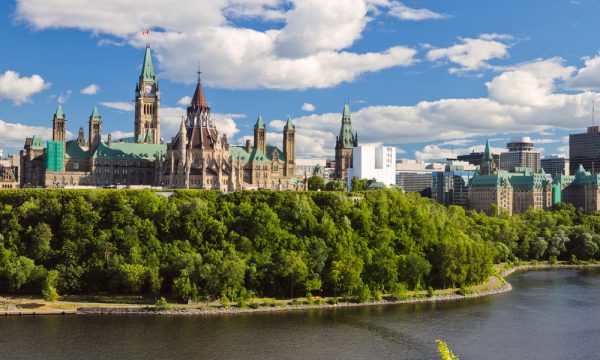Building Green Homes in Canada
Did you know around 20 percent of the energy consumed in Canada is used in our homes? Purchasing an energy-efficient house or turning one by energy-saving renovations into a green home can offer big savings for home owners.
CMHC has a slogan “Help the Planet, Help Your Wallet” which has added environmentally friendly features to the Mortgage Loan Insurance it offers. If you use CMHC insured financing to buy an energy-efficient home, purchase a house and make energy-saving renovations or renovate your existing home to make it more energy-efficient, there is a 10% refund on the Mortgage Loan Insurance premium, and a premium refund for a longer amortization period (if applicable) may be available to you.
This also applies to if you’re thinking of building an energy-efficient home.
How it works
Step 1: Documentation
Find out how energy-efficient your house or unit is and obtain the supporting documentation
For houses and units located in low rise residential buildings the house or unit must:
- have been built under a CMHC-eligible energy-efficient building program; or
- have been assessed by a Natural Resources Canada (NRCan) qualified energy adviser
- and have an EnerGuide rating that complies with the applicable requirement stated below:
| For purchases with a closing date: | Energy Guide Rating Required |
|---|---|
| On or after January 1st, 2013 | 82 |
| From April 1st, 2010 to December 31st, 2012 | 80 |
| From July 27st, 2005 to March 31st, 2010 | 77 |
You must obtain and provide CMHC with one of the following supporting documents:
The CMHC-eligible energy-efficient building program certification; or the first page of the EnerGuide performance report showing the EnerGuide rating of the house.
To be eligible, the supporting documentation must be dated no more than five years prior to the date of the application for a partial premium refund. Where the applicable supporting documentation is older than 5 years, the borrower is required to obtain a current energy efficiency evaluation.
This credit also applies to high rise residential buildings. If you are planning on building a new home and your builder is not a member of a CMHC-eligible energy-efficient building program, you should have an energy adviser evaluate the building plans before the house is built. This can help you ensure that you will meet CMHC’s requirements once the construction of the home is complete and it is evaluated.
Step 2: If required, boost your energy efficiency
If the house you plan to buy does not meet the applicable energy-efficiency requirement, to be eligible for a refund, you will need to obtain an EnerGuide rating through an NRCan qualified energy adviser and renovate using part of the CMHC insured funds based on your energy adviser’s list of recommendations in order to increase your score by at least 5 points and to a minimum overall rating of 40.
Step 3: Discuss and arrange a CMHC-insured mortgage
Talk to your lender and ask for a CMHC insured mortgage. (The rules have just changed to prevent fraud and misuse of funds).
Step 4: Confirm the improvement
After you make the renovations recommended by your energy advisor, you will need to have a second assessment done to determine the energy-saving effectiveness of the renovations.
Step 5: Apply for Refund
Apply for your Premium Refund
The following are steps for if you own a home and are thinking of renovating to make your home more energy-efficient:
Step 1: Obtain an energy rating for your home.
To qualify for this refund, you must carry out the steps described below within a reasonable time after funding of the CMHC insured loan. Normally, the time period between the date of funding (purchase with improvements or refinance) and the date of the post-retrofit assessment should not exceed 24 months.
Contact an NRCan qualified energy adviser to obtain the current energy rating for your home. You will receive a list of straightforward recommendations to increase your energy rating.
Step 2: Discuss CMHC insured refinancing.
Talk to your lender or your financial institution about which options are available to you. (The rules have just changed to prevent fraud and misuse of funds)
Step 3: Improve your rating
Improve your rating by using your energy adviser’s recommendations, renovate or upgrade to increase your energy rating.
Step 4: Confirm
Confirm the improvement by your energy adviser coming in and they will assess your home again after the energy-saving renovations are finished. If this test shows that the house’s energy rating has improved by at least 5 points and has achieved an overall rating of at least 40, a premium refund may be available.
Step 5: Apply
Apply for your Premium Refund online or through paper.
NRCan has developed an energy assessment and labeling system to help homeowners make energy-saving choices when buying a home or renovating. For a fee, an NRCan qualified energy adviser will evaluate the house to determine its energy efficiency rating on a scale of 0 – 100.
For more detailed information and specifics of these sorts of programs, please visit the NRCan web Site.
and if you are looking for a green home please feel free to get in touch with me.
Cheers!
Nilay Ertemur
References: http://www.cmhc-schl.gc.ca/en/co/moloin/moloin_008.cfm




